Top 10 all-weather perennial plants
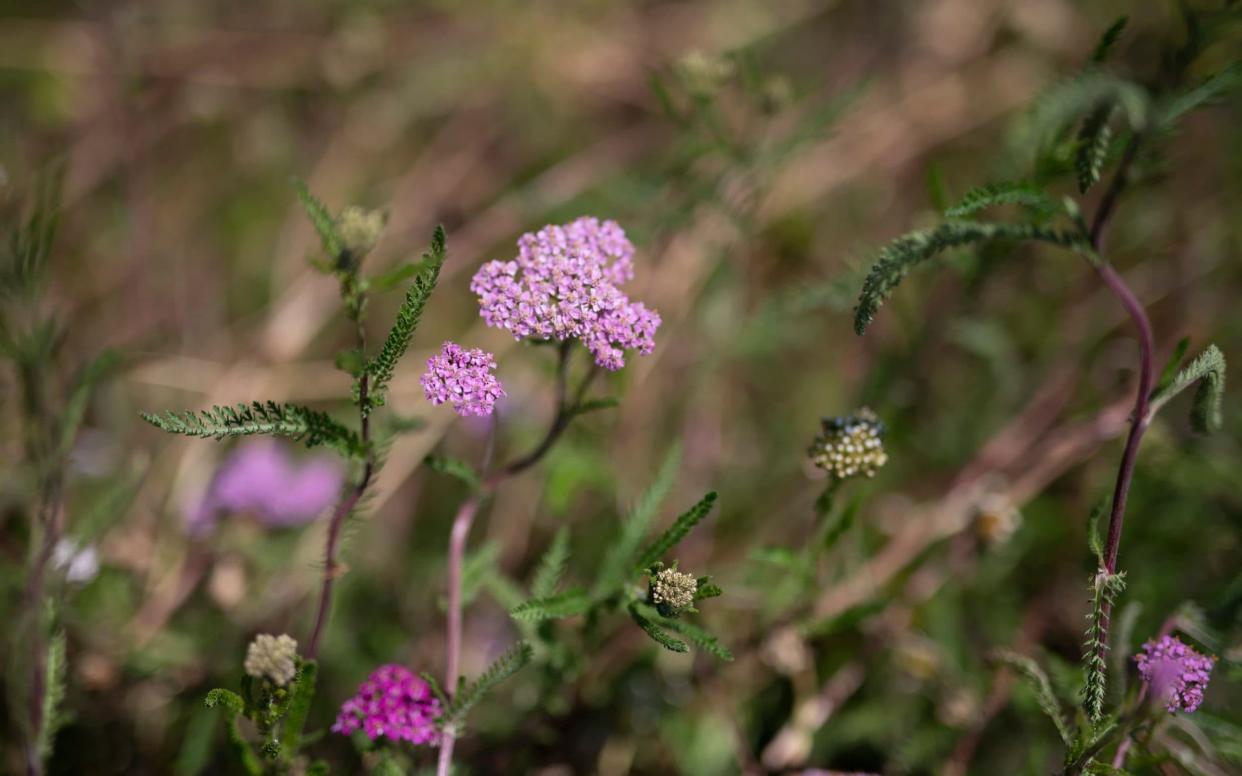
One of the most exciting developments in gardening over the past 20 years has been the proliferation of perennials that combine Liberace's showiness with Mo Farah's stamina to flower from spring until autumn. Some are stalwarts recognised for their staying power, others come via the cut-flower industry, but most are the fruition of decades of work by breeders.
Over the summer, these marathon performers come in particularly handy - when school's out, it'snot just the kids that are on holiday...flowers are "leaning on the spade", too. They're widely available, and equally happy in pots or filling a gap in the border.
The best bit is, not only are they full of flower, they'll be back again next year. To help you narrow down your choices of the gift that keeps on giving, we have created this shortlist of the top 10 perennial plants and how to grow them.
1. Foxglove 'Illumination Pink'
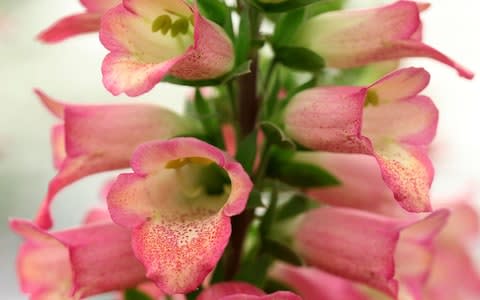
This plant is the result of a clever hybridisastion between our hedgerow foxglove and its tender Canary Islands cousin, isoplexis. The result: a stocky sterile intergeneric hybrid that flowers relentlessly in a vain attempt to produce seed. Remove flower spikes as they fade and the side branches will take over. Reaches 3ft (90cm) tall. Divide in spring.
2. Tiarella 'Iron Butterfly'
In tiarella's native America, breeders have long recognised the potential of foam flowers for easy colour, particularly in dappled shade. 'Iron Butterfly' is one of the best, producing one wand-shaped flower spike after another from March to Guy Fawkes Night.
The leaves are lovely too - edged with lime green and with carob splashed along the veins. Freat when massed under a tree or perfect for a shady windowsill/table centre to enjoy the white star-shaped flowers. Height: leaves 10in (25cm), flowers 20in (50cm). Divide in spring.
3. Salvia nemorosa 'Caradonna'

Like a Paul Smith suit, every part is perfectly colour-coordinated from the mildly aromatic silvery green leaves to the violet flower spikes held on polished purple stems. Bees love the nectar-rich flowers that stay looking sharp long after the petals fall, thanks to the papery bracts that hold their colour and hold fast to the stems.
Dead-heading - either little and often or in one go - encourages new flowering side-shoots from the base through till October. Like all salvias, 'Caradonna' loves sun; use it as a purple ribbon through late season grasses or, at 18in (45cm), it is the perfect centrepiece for a pot. Divide in spring or take semi-ripe cuttings from non-flowering shoots (if you can find any!)
4. Euphorbia corallioides
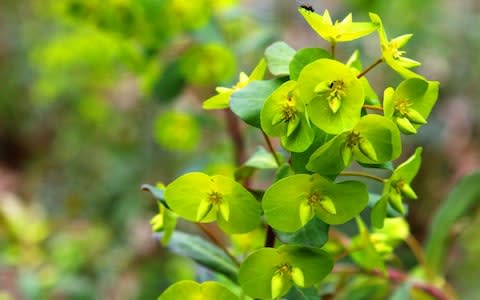
The coral spurge is a favourite of florists and a must for the cut-flower garden. Throughout the summer, delicate branching stems bear their yellow blooms from spring until winter. It can create a froth around the feet of red-hot pokers and it lasts for ages in a vase, provided the base of the stems are seared in hot water after picking. Take care with the milky sap, though, which is an irritant. Grow from seed or division. Height 2ft (60cm).
5. Erysimum 'Bowles's Mauve'

If this plant was an athlete it's be a marathon runner, flowering from tulip time right through until the trees tint with colour in the autumn. Fabulous for cottage gardens, where it happily mingles in the same sun-soaked, free-draining soil as lavenders and silver artemisia. Its largesse comes at a cost, as the plants rarely live more than a few seasons, but deadheading and shearing over the remove straggly leaves helps to keep them young.
It can also help to dig up and replant them deeper in the same hole, as often old stems will grow new roots. Alternatively, make replacements by taking tip-cuttings from side-shoots through summer.
6. Verbenas
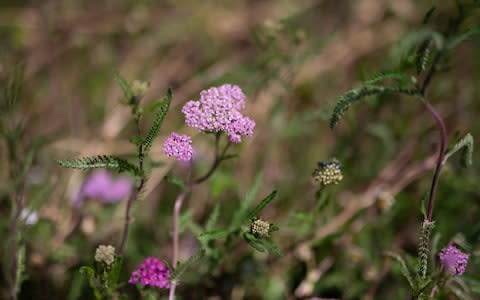
There's a range of wiry stemmed verbenas and all are worth growing if you can give them sun. Knee-high V. rigida is perfect for edging or creating pools of blue in a sunny parterre; waist-high V. hastata f. rosea is pink-flowered and does well on heavy soils; then there's the widely available V. bonariensis that, given good ground, will grow to 6ft (2m) plus.
Even better though is the smaller form, V. 'Lollipop' that's just as airy as its lofty forebear but at 28in (70cm) is also suited to pots and doesn't flop over and block paths. Grow all from seed sown in autumn or spring.
7. Heucheras
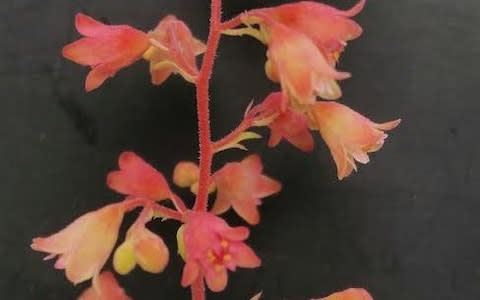
Highly bred North Amricans, primarily for foliage in more shades than a Farrow & Ball paint chart. Many have foody names - 'Key Lime Pie', 'Plum Pudding' etc, but the type to choose for all-summer flowers are the City series, including the pink-flowered and pewter-leaved 'Milan', 'Rio' - white petals, peachy leaves - and 'Gotham City' with dark foliage and streetlamp-yellow flowers.
They are more than just a slug-proof replacement for hostas - the dark forms all do well in the sun, while yellow-leaved types thrive in the shade. Plant in pots, in hanging baskets, under trees or in borders. Divide to make more and treat with nematodes if vine-weevil are a problem.
8. Dianthus 'Memories'

An updated version of the cottage garden favourite 'Mrs Sinkins' with the same deliciously sweet aroma but more reliable and with a more compact habit. It is one of the most welcoming front-garden flowers for sun and free-draining soil with a neat habit and garden-filling fragrance.
'Memories' does best in neutral/alkaline soil, so either lime your soil or grow it in pots. Available as plants or plugs; if you keep up the deadheading, the flowers keep coming.
9. Penstemons
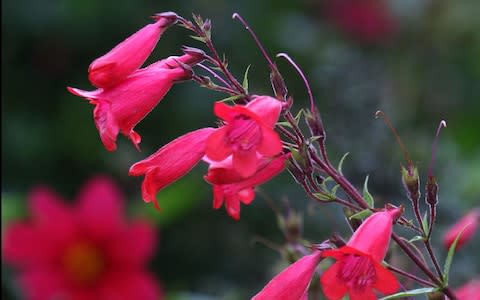
These offer range and reliability and, provided they remain unpruned through winter and are mulched in cold areas, will come through, even when temperatures drop to -15C. There are hundreds to choose from, but our favourites are those with the more elegant lance-shaped leaves and stems that match the flowers.
Plum-coloured 'Blackbird' and crimson 'Schoenholzeri' (syn 'Firebird') are brilliant for giving an evergreen backbone to borders with their 30in (75cm) upright stems while the neon sprawler 'Heavenly Blue' is good for anchoring the base of urns and large containers, or even edging a path. Deadhead, removing whole spikes as they go over. Bulk up with semi-ripe cuttings in autumn.
10. Geranium Rozanne
A post shared by Acorn Nursery (@acorn_nursery) on Mar 4, 2019 at 11:30am PST
'Rozanne' flowers its socks off from June to October. It might be slower out of the blocks than its cranesbill-cousins 'Johnsons Blue' and 'Brookside' but as soon as the warm weather arrives it covers the ground with fresh green foliage topped with a profusion of pale blue flowers.
Each bloom is suffused with delicate dark veins leading to a white centre that shines our in sun or semi-shade. Although sterile (its inability to produce seed means it never tires of flowering), bees still raid it for its protein-rich pollen. Plant under roses or in a big pot where the stems can cascade over the edge. Height 20in (50cm). Divide in autumn-spring.


